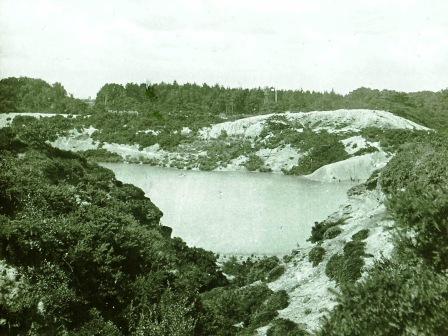

The Agglestone, Puckstone and the Blue Pool are on the heathland inland of Studland. The Agglestone and the Puckstone are remnants of the former river deposits which covered all of this area. The Blue Pool is the hole which remains after diggings for the valuable clays which were also part of the system. The Agglestone tipped over in the 1970s but otherwise remains much the same and visible for miles. The Puckstone was cleared a couple of years ago by the Dorset Geologists' Association in conjunction with the National Trust but I doubt it looks like this old MLS. The Blue Pool was developed as a visitor attraction from the 1930s and is well worth a visit for the pleasant walks and wildlife
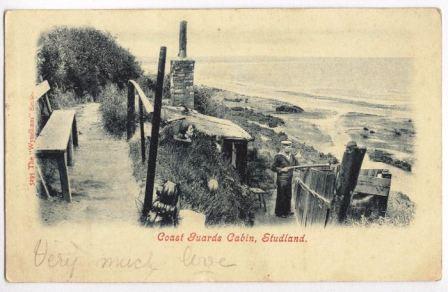


1900s
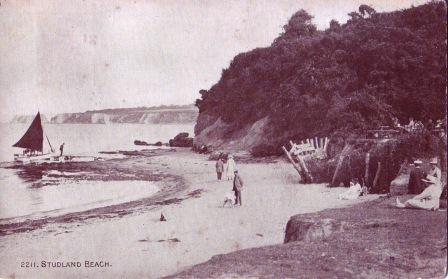
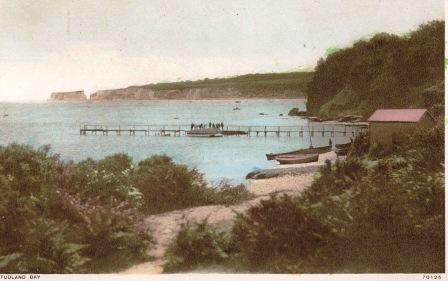
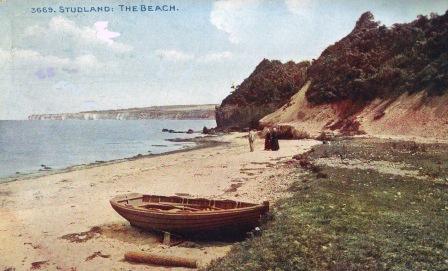

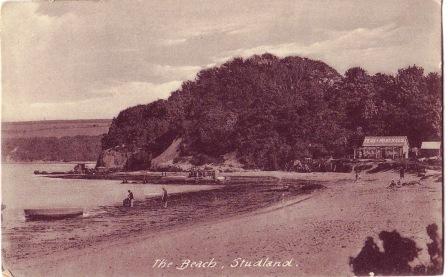
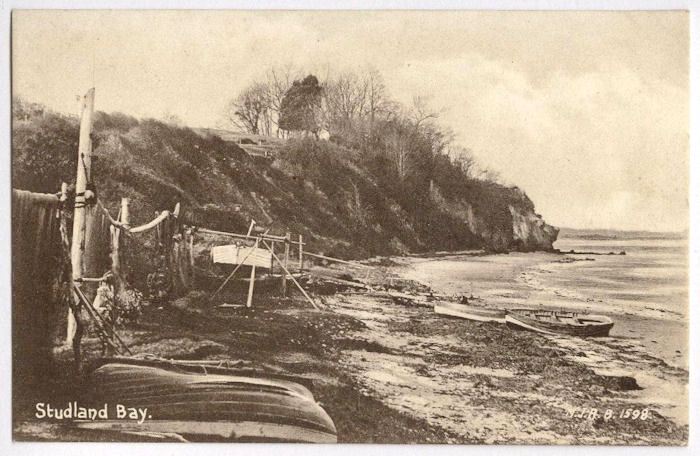
1930s
early 1890s
BNSS Blue Pool

posted 1903 photo is early 1890s
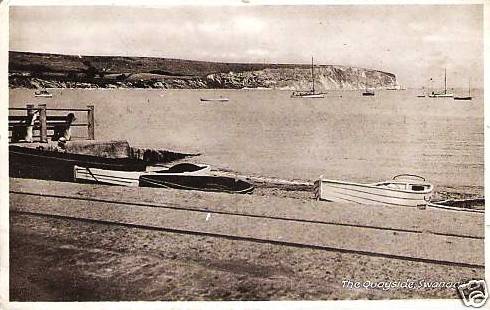
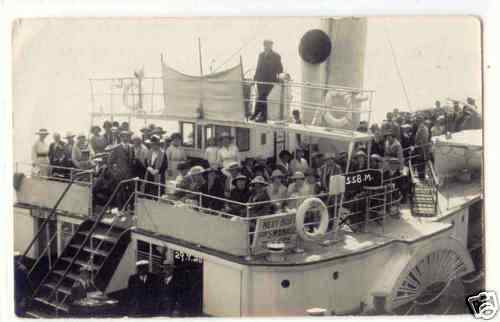
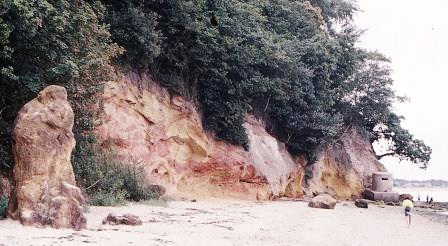
MRH Redend Point (also known as rhubarb & custard for the colours of the rock)
There are about 6 metres of the red sands mixed with breccia and bands of loamy clay in Redcliffe, a river cliff just south of Wareham and left off the old road. There are wall paintings in St Martin's church in Wareham the colours for which are said to have come from here. It was well overgrown last time I looked but the colours could still be discerned through the undergrowth
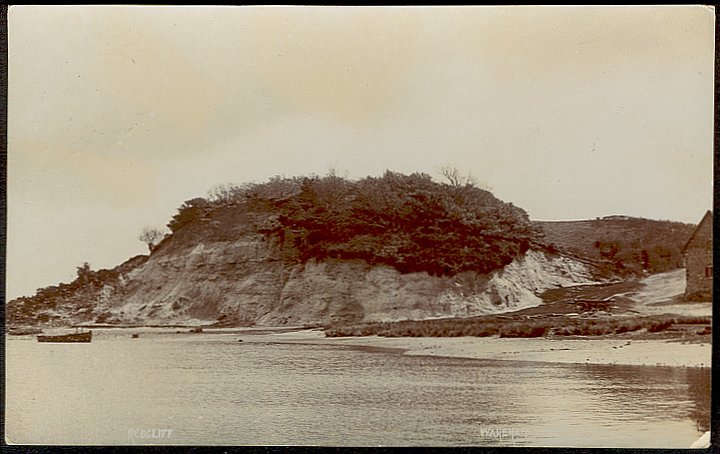
The cliffs at the Blue Pool are the result of clay quarrying but this cliff at Arne is river worn and exposes bright red sands
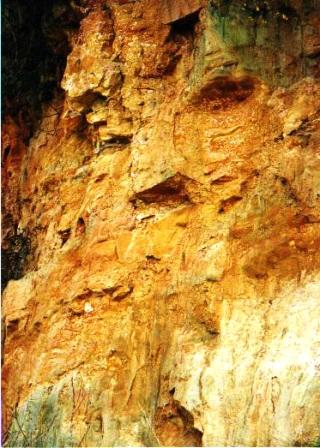
EAST DORSET
STUDLAND and the HEATH
Exmouth to Milford on Sea
including the East Devon & Dorset World Heritage Site
1800-2000
updated: September 20, 2012